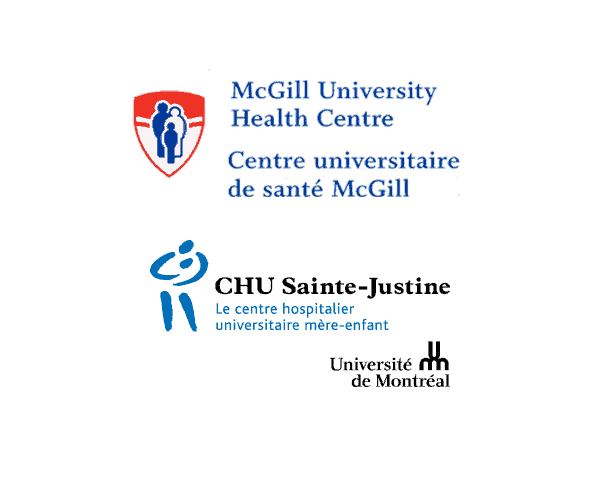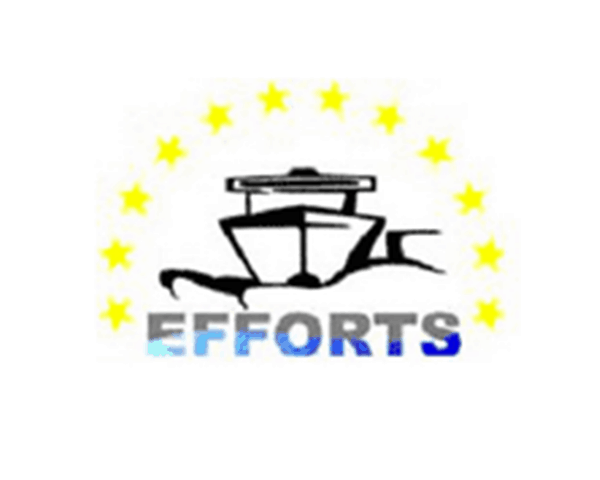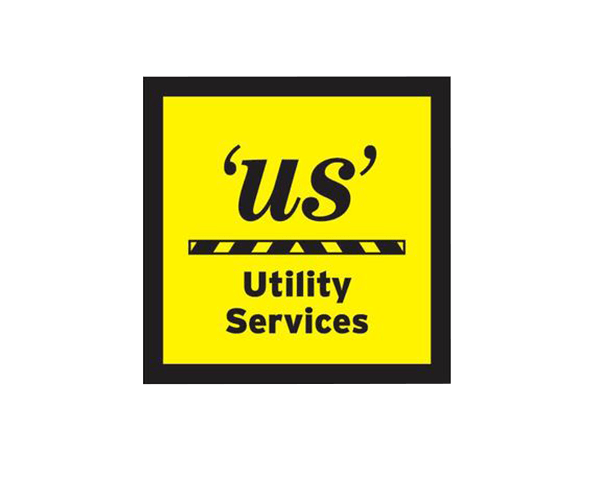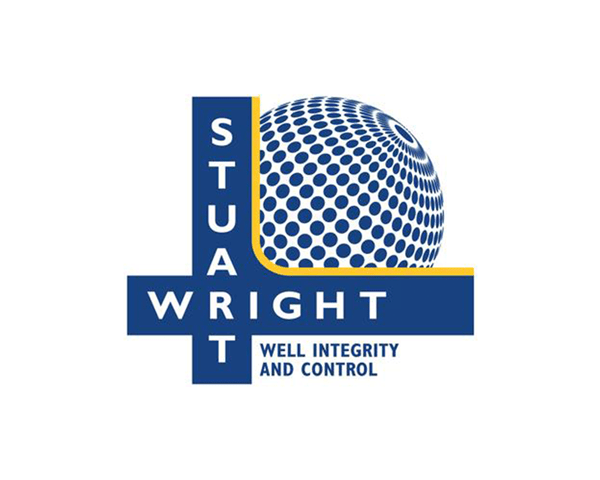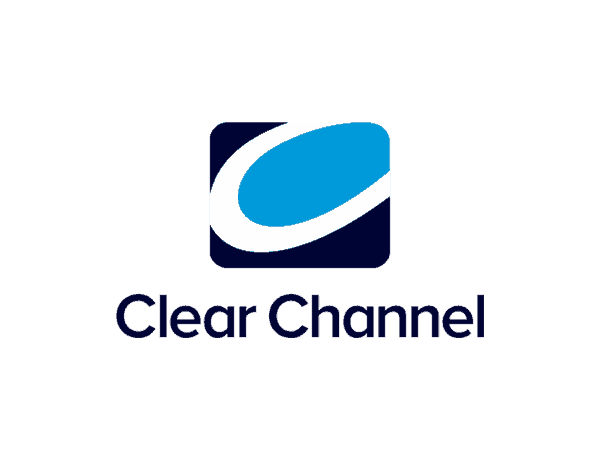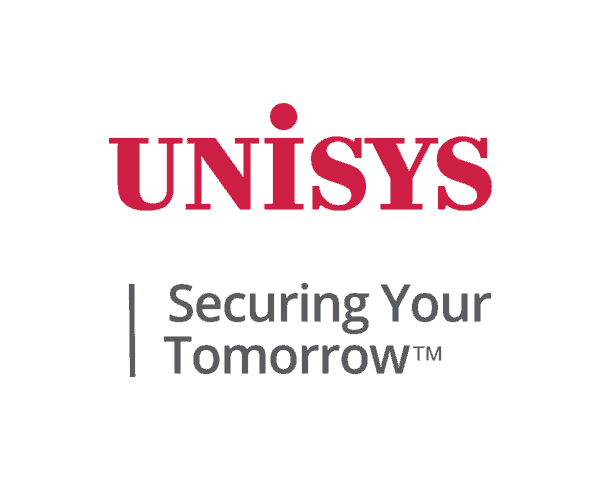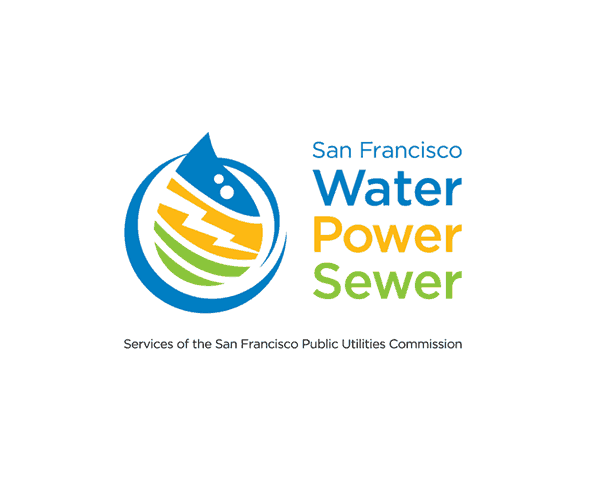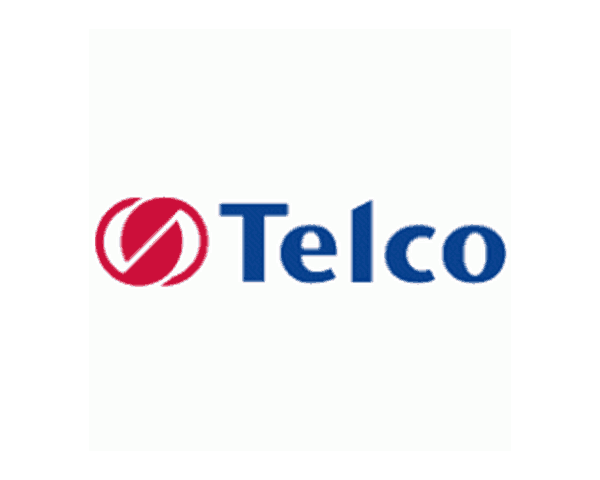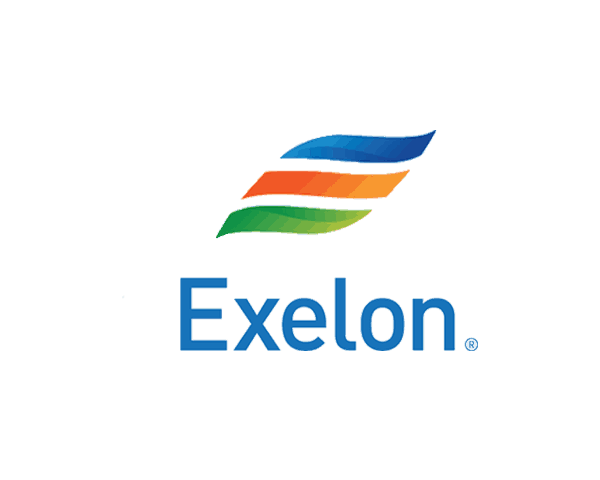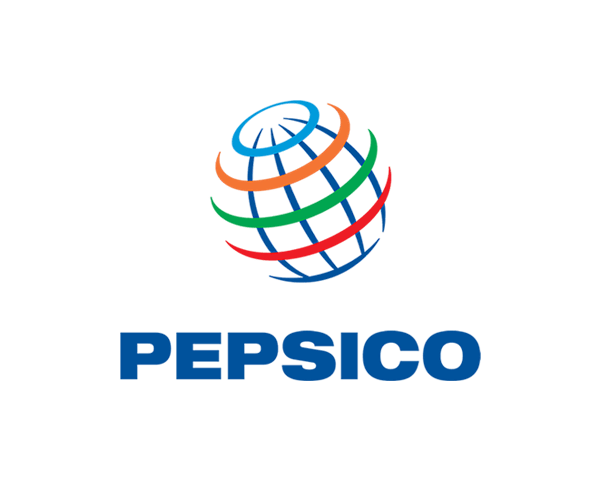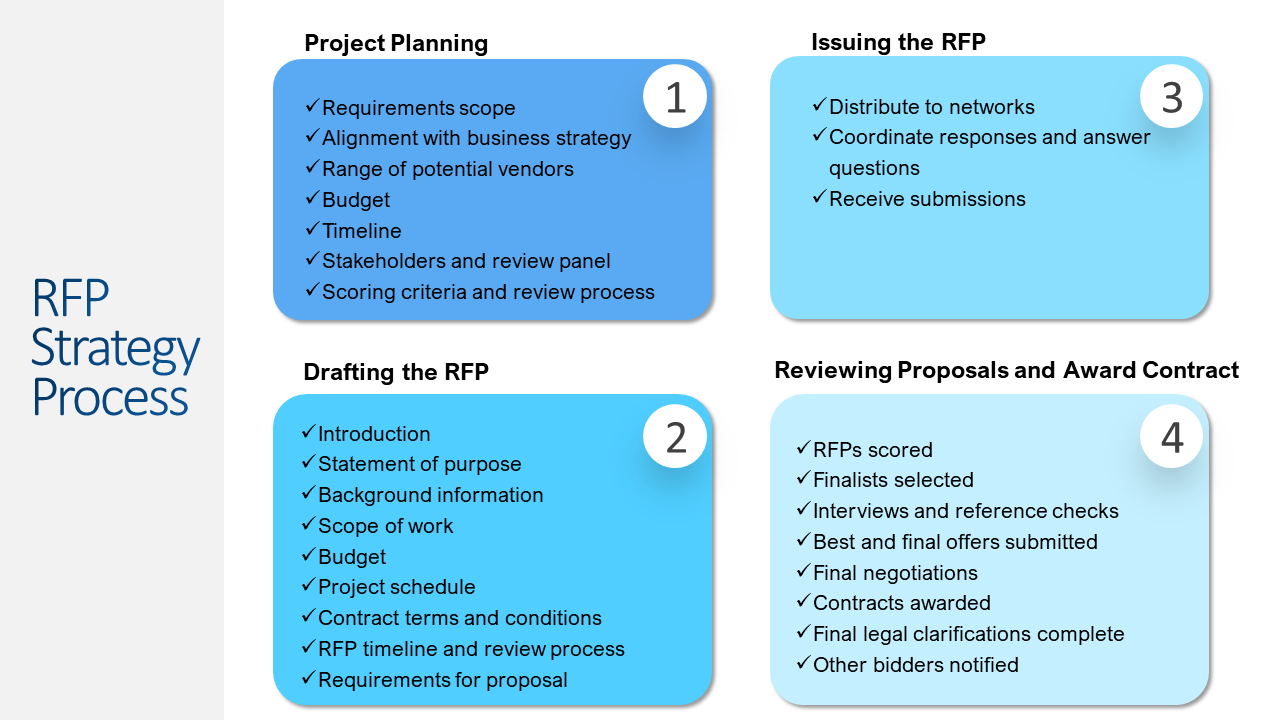RFP Strategy Development
Implement an RFP strategy with the help of Interfacing's BPM Professionals. Get advice from our consultants now!What is RFP Strategy Development?
A Request for Proposal (RFP) strategy is one of the standard strategies used to select and purchase products and services by contract. A RFP strategy meets the expectations of government policy, applicable trade agreements, and common law. A successful RFP process provides a fair, open, and transparent procurement of products and services, allowing for effective solutions and programs with reliable contractors. The use of a RFP template is mandated by government policy, to assure compliance with government and common law requirements. RFPs are designed to ensure information is communicated to all of the appropriate prospective vendors and suppliers.

Benefits of RFP Strategy Development
Compliance
FP is an internal practice and discipline that allows you and your company to identify information system requirements in detail. A RFP Strategy allows consistent alignment with government policies, common law, and trade agreements throughout the entire enterprise.
Transparency
RFPs contribute to a clear vision of what is needed, how and by what deadline. Helps build a clear idea of pricing, value and available resources, resulting in better awareness of your brand and services.
Communication
It is the best way to get you and your company on the same page. It also ensures all relevant information is being relayed to not just the appropriate departments but all departments.
Methodology
The Requirement Assessment and RFP Development methodology consists of two phases:
Phase 1: RFP Scope and Selection Criteria
Document the relevant proposed scope of the RFP and the business goals and objectives to be achieved. This should include an explanation of the project rationale and illustration of what would be the best fit solution and the expected value it would deliver for the investment.
To support the RFP scope, document the business requirements to be met, together with appropriate selection criteria that can be assessed as to whether these business requirements are delivered by each of the products or services proposed. Depending on the type of RFP to be issued, additional information may also be required to support the business requirements. For example, this may include:
- Non-functional Requirements
- Details of processes in summary or detailed maps (for “as-is” and / or “to-be” processes to be supported)
- Details of any technical requirements and specifications relevant for any integration between processes and applications
- Legislative, regulations and business policies to be supported
- Information requirements.
Phase 2: RFP Execution
This phase covers undertaking the applicable processes need to complete the conducting of the RFP. This phase includes:
- Conducting market scan to identify possible vendors or suppliers able to meet the business requirements and optionally select vendor short-list to be invited
- Undertake a high-level assessment of potential vendors to confirm the final estimated costs, budget, business requirements and selection criteria
- Prepare the final RFP documentation
- Issue the RFP to interested or invited
- Review and evaluate RFP response bids / proposals
- Finalize selection of successful RFP response bid
- Negotiate and award final contract to successful vendor
There are 4 steps to the Standard RFP Strategy Process:
#1 Project Planning
This step consists of the assessment of the requirements, timeline, and scoring criteria. The scope and budgeting of this must also be determined in this step, before advancing in the rest of the RFP process.
#3 Issuing the RFP
The third step of the RFP process requires the drafted final of the RFP contract to be submitted and distributed to networks to undergo review.
#2 Drafting the RFP
The creation of the RFP is the fourth step in this process. It must include an introduction, statement of purpose, some background information, scope of work, establish the budget and project schedule, and contract terms and conditions.
#4 Reviewing Proposals and Awarding Contract
This final step consists of the scoring of the RFP, where the contracts will be awarded.
Deliverables
Phase 1: RFP Scope and Selection Criteria
- Draft RFP Scope, goals and objectives
- Draft Project Management Plan and Schedule, subject to Review and Approval
- Draft business and technical requirements with matching selection criteria
- Draft documented as-is processes with descriptions and process flow diagrams in a format that can be updated
- Draft approved and documented to-be processes with descriptions and process flow diagrams in a format that can be updated
- Prepare spreadsheet, in format to be approved id advance, of process data elements, including format, owner, and source
- Weekly reports with updates showing what has been done and progress to schedule
Phase 2: RFP Execution
- Final Project Management Plan and Schedule
- Final RFP Scope, goals and objectives
- Final business and technical requirements with matching selection criteria
- Completed market scan and high-level assessment of possible vendors
- Optional short-list of Vendors
- Assist in drafting RFP based on business and technical requirements identified
- Draft documentation of vendor proposal evaluations
- Create presentation summarizing results of vendor evaluation
Why Interfacing?
Interfacing Consultants have extensive experience with both conducting RFPs and responding to RFPs. They are also experienced in identifying and defining the scope of key projects, as well as gathering and documenting the business requirements and selection criteria needed to prepare RFP specifications.
Discover how we helped other companies succeed


